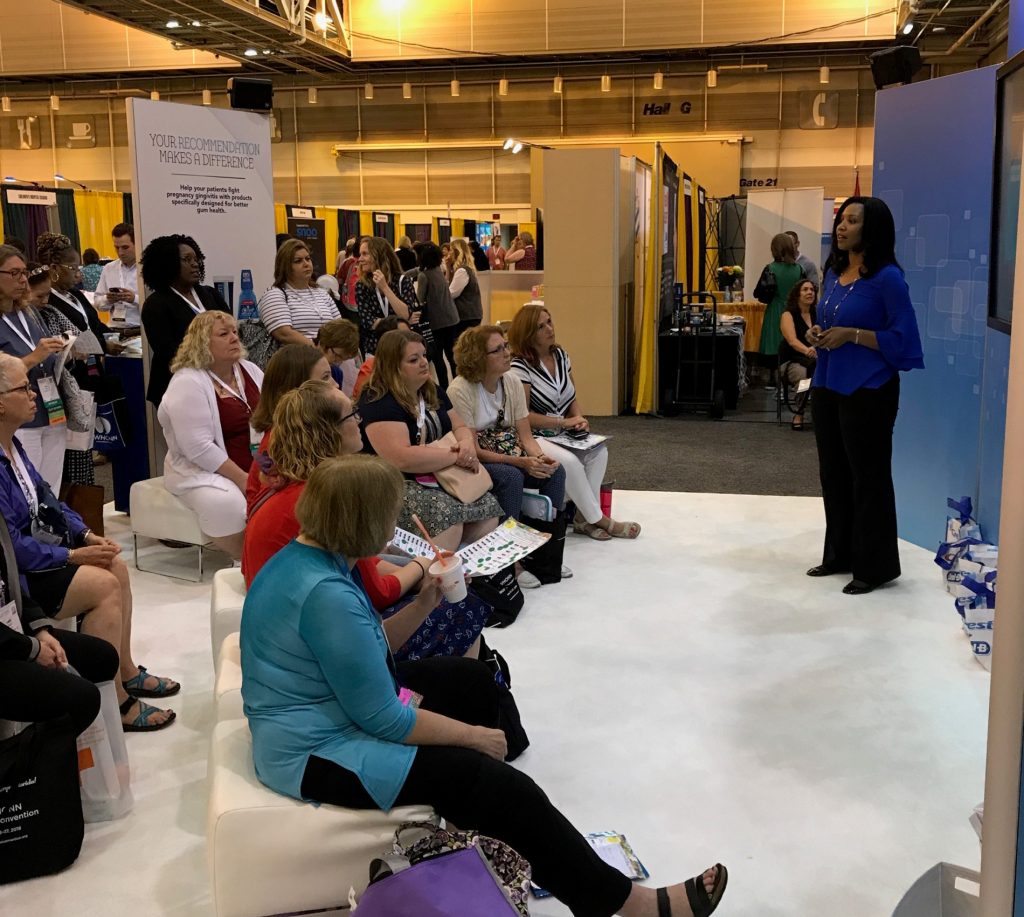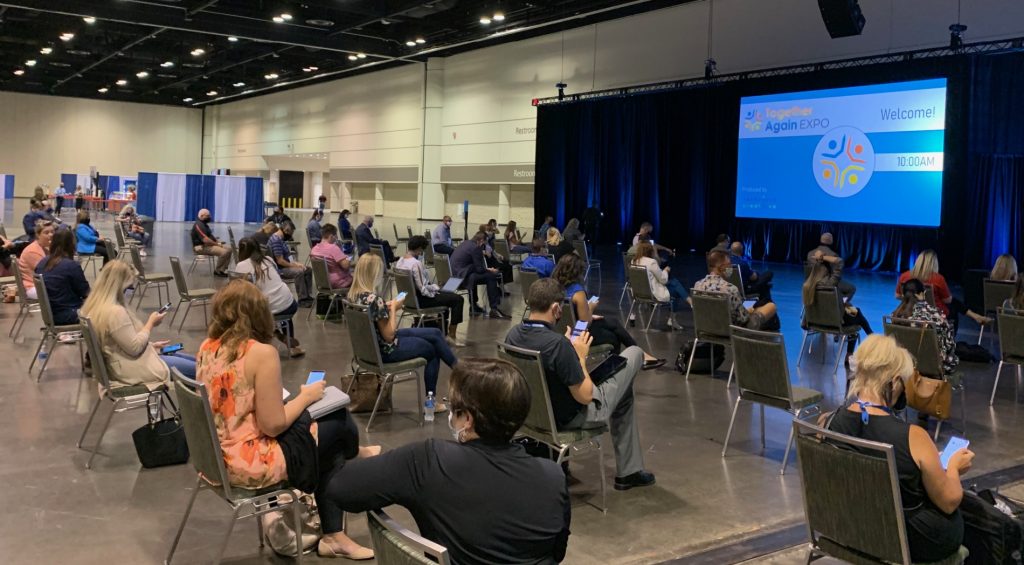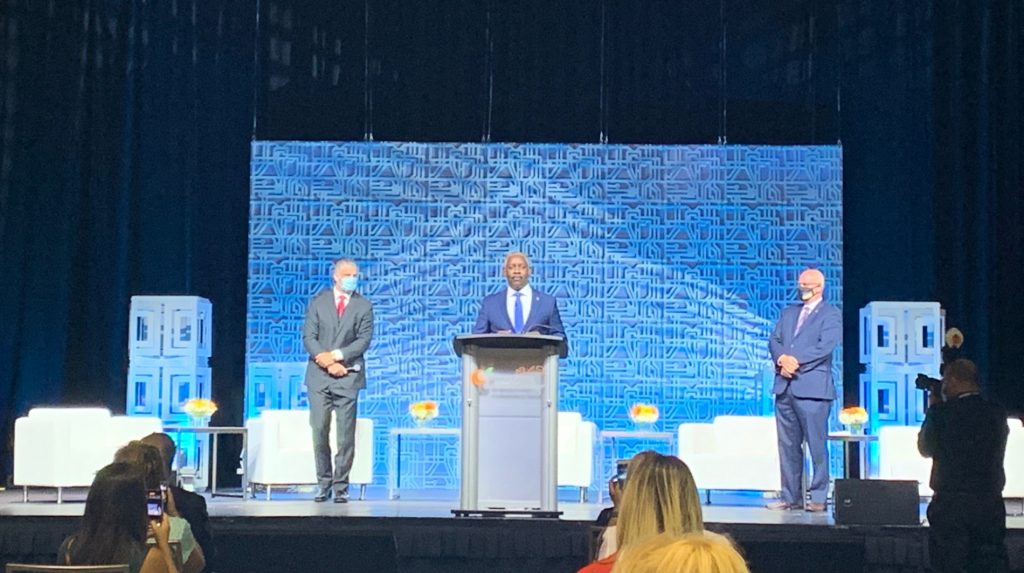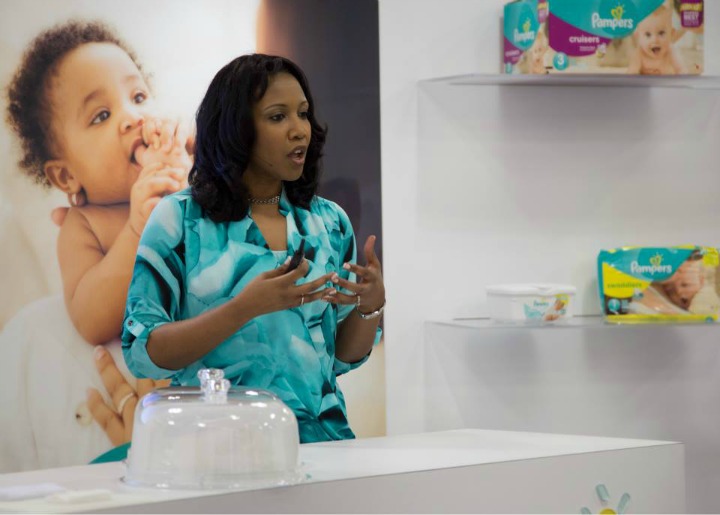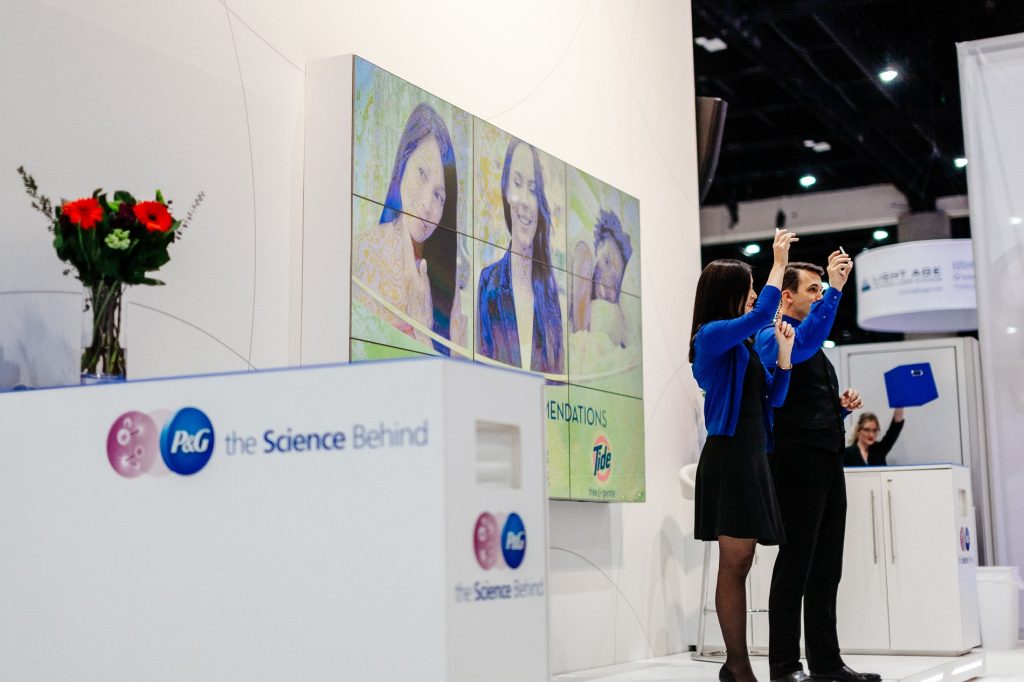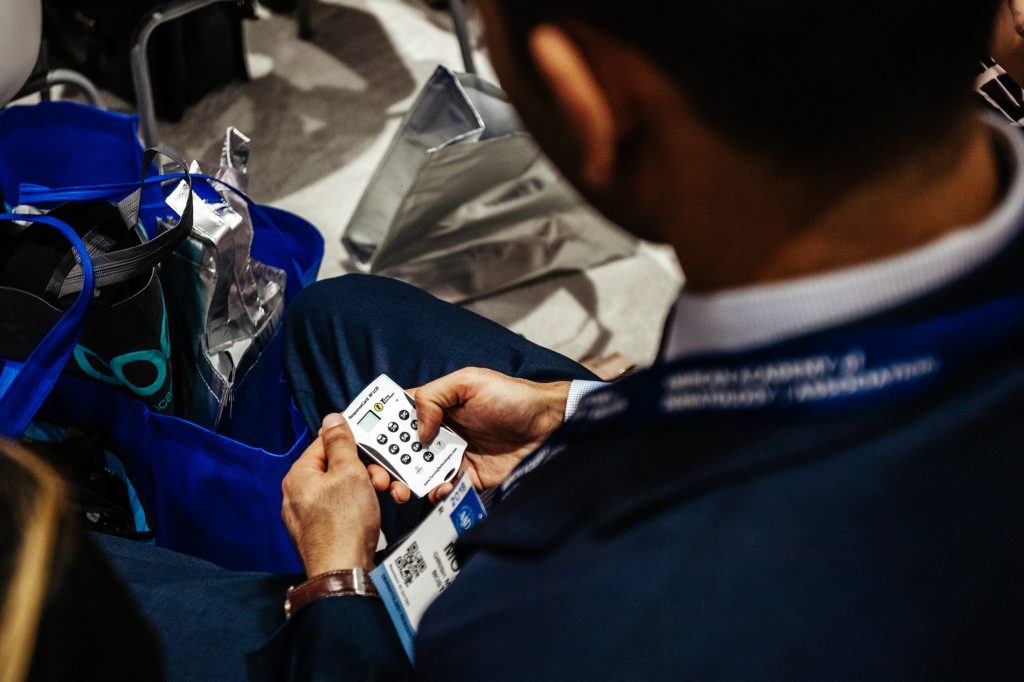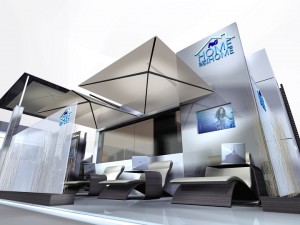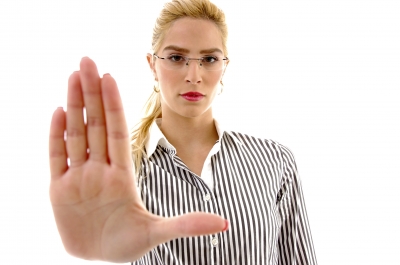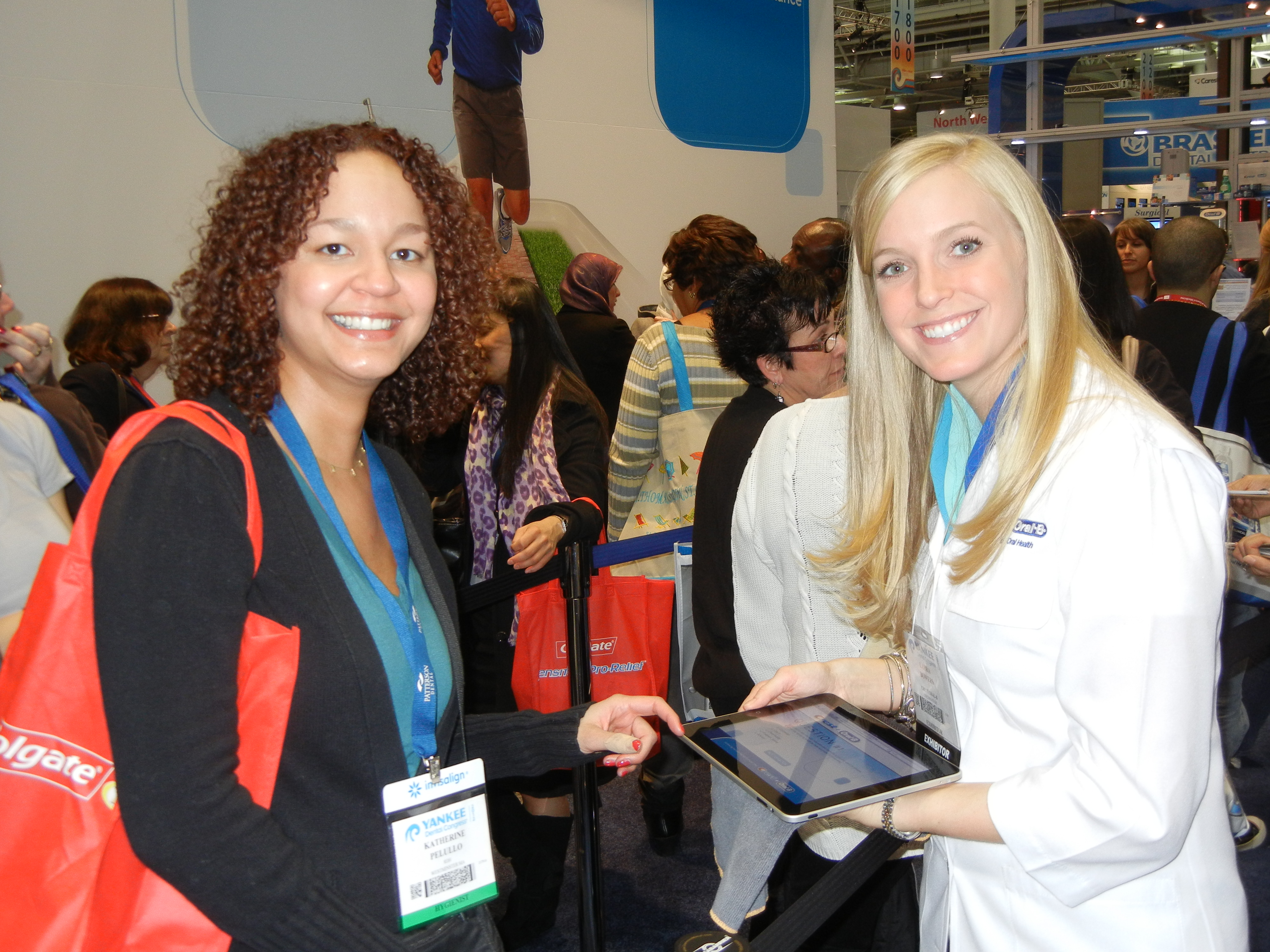Are you ready?
Ready to connect in-person and reap the ROI that only comes from face-to-face marketing?
Ready to fire up your live presentations, meetings and exhibits with a new focus on safety and efficiency?
The world is ready.
Ready to say goodbye to virtual events. We see a future for them in hybrid models, but as a substitute for in-person marketing, they often fall flat.
– A new study by the Global Association of the Exhibition Industry finds “Exhibitors have a strong preference for live events—networking in particular—and feel digital events currently don’t provide a good ROI.”
– Glitches, screen fatigue, oversaturation and distractions … this Forbes article spotlights why in person events beat virtual events every time.
With COVID vaccinations and rapid testing ramping up, officials predict a return to a more normal-feeling world by summer/early fall. That may seem like a long way off, but when it comes to planning a great live experience, you’ll want to start now.
Get ready to go live!
Great experiences take time to create, especially since you may want to re-envision your approach. As you prepare for a new, safety-conscious world, here are three things to consider:
1. Plan a Presentation. Social distancing means minimizing close encounters, which means your reps may not be able to spend as much one-on-one time with prospects. A live presentation can ensure your visitors get a full, succinct message. Spacing the audience on squares or seats lets you limit capacity and control distancing, while running presentations back-to-back with a double cast lets people who missed one show return for another.
2. Re-think theme and graphics. It’s a new year and new chance to make a splash. Craft something that will make your return to the live events space shine. Be sure to include an inventory of graphics. Which will need to be replaced or refreshed? These often take the longest to plan, design and get approved, so create a production schedule now.
3. Consider a contingency. Could a hybrid model—a live experience with a complementary website/virtual option—help cover you in case a show is canceled? Plan each in tandem so they work together to help achieve your goals.
We’re ready.
MPG is ready to create experiences that connect in new and exciting ways with a focus on safety. We’ll help you get the most out of your investment when live events come roaring back—and the time to get started is now.
Contact us today. Let’s kick off a better, brighter year together.

